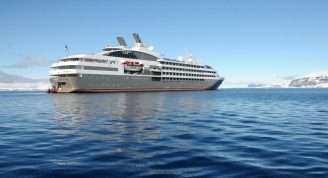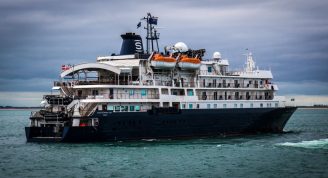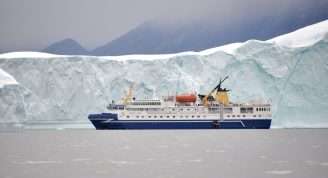Description
Welcome to Aurora Expeditions’ The Crown and The Clans
Few rivalries are as passionate and enduring as that between the Scottish and the English. From the formidable reigns of Cnut the Great, Edward the Confessor and William the Conqueror, to the illustrious dynasties of the Tudors, Plantagenets and Windsors, the British monarchy has sculpted the landscape of today’s United Kingdom. Iconic figures such as William Wallace, Robert the Bruce and Mary, Queen of Scots, led their people in the pursuit of independence, yet despite the storied struggles for sovereignty, 21st-century Scotland remains under the rule of an English monarch.
Our exploration ventures deep into the heart of this historical rivalry, tracing its echoes through castles, battlefields, prisons, and palaces. From the tumultuous days of foreign invasions to the zenith of the British Empire and the media-fuelled drama of modern monarchs, we uncover the clandestine affairs, extravagant lifestyles, and captivating unions that have shaped the course of history. Set against the backdrop of Scotland’s resilient clans, whose unwavering cry for freedom has inspired generations, our journey promises a quintessentially British odyssey. Join us as we embark on a captivating trail through the annals of time, following the enigmatic path of the Crown and the Clans.









